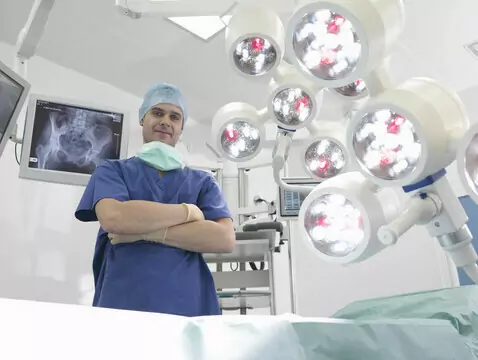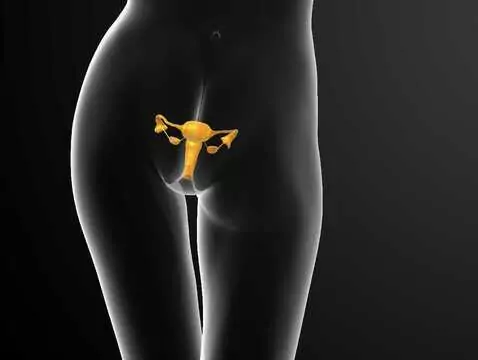Obstetric-gynaecological diagnostics (103 contents)

What are the recommended vaccinations for children?
Vaccinations are a way of avoiding infectious diseases that, especially in young children, can have a severe course and cause dangerous complications. In addition to the compulsory vaccinations that...

Neonatal jaundice
Neonatal jaundice is a very common clinical manifestation. It is not a disease in itself, but only a picture that can have a multifactorial origin. It is usually not something to be concerned about...

What is tocophobia?
Tokophobia - although the name sounds complicated, it is a condition that affects many pregnant women. Tokophobia, or fear of childbirth, is a condition that is more common than one would think, and...

Does vaccinating a pregnant woman against H. pyloriV put her baby at risk?
During pregnancy, most vaccinations are simply not given. Sometimes, however, a patient may present for vaccination simply without knowing that she has been vaccinated - this may be the case, for...

First visit to a gynaecologist - when, how to prepare?
This article contains basic information about the first gynaecological visit. It is a kind of guide for young girls deciding on their first visit.

Erosion of the cervix - should it be feared?
This article contains all the information every patient should know about cervical erosion. It discusses the nature of the condition, its symptoms and treatment.

Prenatal diagnosis - information for patients
Thanks to the widespread use of non-invasive methods for the diagnosis of fetal genetic defects, it is many times possible to avoid invasive tests, which carry a certain risk of pregnancy...

Condylomas - a disease threatening pregnant women?
This article discusses an increasingly common sexually transmitted disease - condylomata. It provides basic information on the route of infection, symptoms and treatment options for the disease.

Prostate cancer - causes, symptoms, diagnosis, treatment
Prostate gland (prostate) - one of the parts of the male sexual system, located in the pelvis, below the bladder and directly adjacent to the rectum. This type of cancer is currently the second...

Foreign body in a child's ear - principles of management
The insertion of foreign bodies into natural orifices is more common among children than adults. Foreign bodies can be of organic (seeds, insects) or inorganic origin (small toys or parts of toys,...

Surgical procedures in gynaecology
Many women, are not aware that in gynaecology, i.e. the field of medicine dealing with the female genital organs, various types of, sometimes very complex, surgical procedures are performed. The...

Colposcopy - a valuable diagnostic test
Colposcopy is one of the tests complementary to the diagnosis of cancerous lesions of the cervix, vagina and vulva. It is most often performed in the event of an abnormal cytological result, which is...

Is cervical cancer a completely curable disease?
The principles of diagnosis and prevention of cervical cancer are presented in an accessible way for patients. The disease is completely curable provided that regular medical checks are carried out...

What impact does birth order have on children's development? Part 2: the next child in the family
The second part of the text on the specificity of children's development according to their birth order presents the typical characteristics of children born second and third in a family.

What impact does birth order have on children's development? Part 2: the next child in the family
The second part of the text on the specificity of children's development according to their birth order presents the typical characteristics of children born second and third in a family.

Endometrial ablation - a method of treating bleeding in the perimenopausal period
Endometrial ablation is a method of treating excessive, abnormal uterine bleeding that does not respond to hormone therapy, in the absence of other intrauterine pathology. It is most commonly...

Curettage of the uterine cavity
The procedure for curettage of the uterine cavity is performed in a hospital or offices with an operating theatre.

Endometrial (chocolate) cysts - causes, symptoms, diagnosis, treatment
Hemolysed blood-filled cysts, arising from endometrial lesions, forming on the surface of the ovarian tissue.

Ovarian cyst - causes, symptoms, diagnosis, treatment
An ovarian or ovarian cyst is usually a lesion in the ovary that causes the ovary to fill with serous fluid, blood or other omental contents.

Ovarian cyst rupture - causes, symptoms, diagnosis, treatment
Rupture of the capsule of an ovarian cyst.

Vaginal dryness
Disorder of normal vaginal lubrication creating problems with sexual intercourse.













